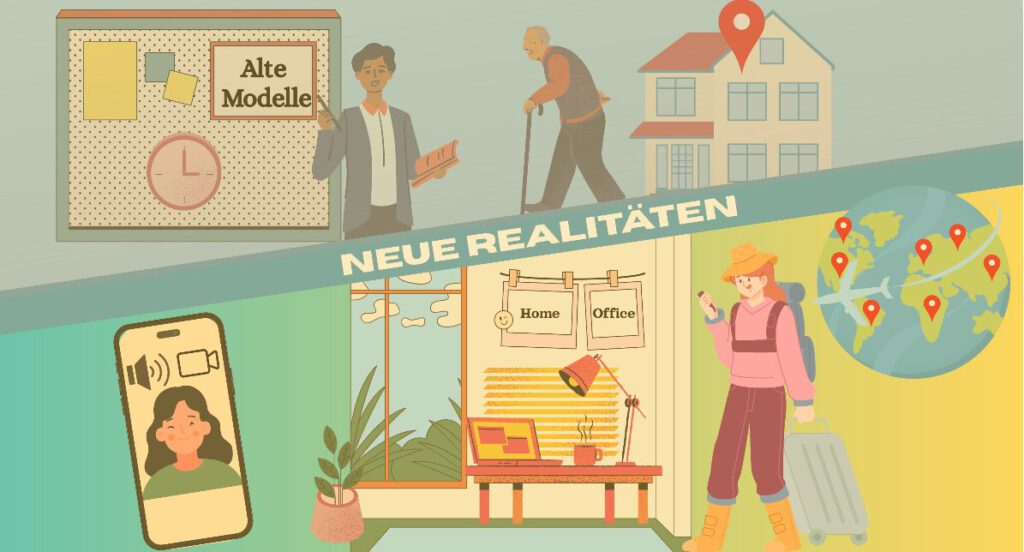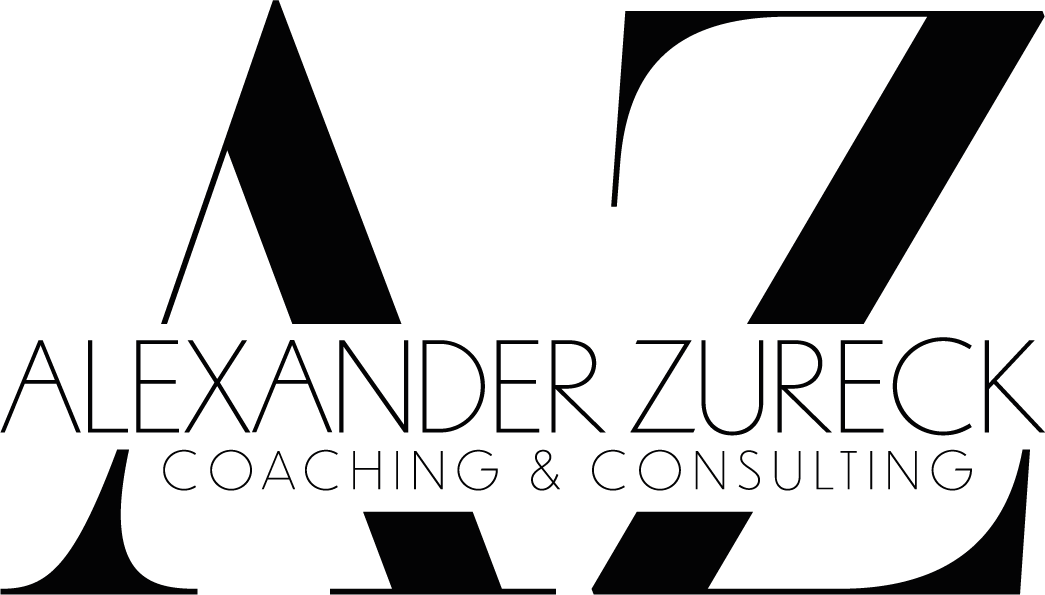For years, I have been supporting entrepreneurs and successors with business succession in medium-sized companies, increasingly also when management is organized location-independently. I see it clearly: The next generation wants to lead differently – remotely, flexibly, internationally.
This development raises new questions. What do modern lifestyles mean for the transfer of companies in family businesses? How do companies adapt their succession planning in the company (concept, process, personnel)? In this article, I share observations on modern succession models, the possibilities of flexible remote leadership succession, typical hurdles and case studies of how virtual succession is already succeeding today.
Table of Contents
ToggleWhy Do Traditional Succession Models No Longer Fit into the Remote Age?
Succession used to be a local event: the handover at the manager’s desk. This reality no longer fits the life of many successors. Younger managers are globally networked, accustomed to remote work and expect flexibility – including when it comes to business succession in medium-sized companies.
Studies show the change:
- Over 70% of 18–34 year olds want temporal and spatial flexibility.
- Many are considering a sabbatical.
- In surveys, Generation Z cites “temporal and spatial freedom” as a decisive factor in choosing an employer.
Rigid attendance requirements, outdated IT systems, and top-down leadership are a deterrent. This jeopardizes the generational change within the company.

How Can Flexibility Become a Competitive Advantage for Family Businesses?
In practice, I experience successors who think internationally, maintain global networks and redefine their role. For traditional family businesses, this often sounds disruptive, but in fact it opens up opportunities: international expansion, new impulses and modern structures.
Examples of flexible models:
- Virtual onboarding with clear remote role profiles.
- Digital participation models with staggered responsibility and KPI-bound milestones.
- Mentoring instead of control, strengths-oriented leadership.
- Hybrid leadership circles across multiple locations
In this way, location-independent business succession is no longer an exception but an advantage in business succession in medium-sized companies.
What are the Typical Challenges – and how Can They be Solved?
Failure is rarely due to a lack of willingness to take over, but to outdated expectations. Anyone who does not approach succession planning professionally quickly loses desired candidates.
Frequent stumbling blocks:
- Presence dogma, outdated IT, unclear roles
- Culture of mistrust instead of result orientation
- Lack of succession plan with concept, process and personnel development
Pragmatic solutions:
- Succession planning process: Roadmap with phases, KPIs and reviews
- Succession planning concept: Governance, decision rights and reporting
- Succession planning personnel/personnel development: Competence profiles, mentoring paths and coaching
- Change communication: Clarify expectations, make progress visible
How Can a Management Handover be Successful from a Distance without Losing Control?
A company handover in a medium-sized business can also work without a permanent presence. Ownership, operational management, and strategic leadership can be separated as long as there are clear guidelines.
Practical levers:
- Virtual onboarding with 30/60/90-day goals
- A fixed operating rhythm (Weekly Call, Monthly Review, Quarterly Offsite)
- Transparency through digital tools for goals, figures and responsibilities
- Auditable KPIs as a control instrument
This makes virtual company succession measurable and manageable.
Why is Intercultural Leadership a Key Growth Driver?
For example, when a German-American successor takes over, theynot only brings a different language, but also new perspectives on risk, speed and customer proximity. With the right framework, this becomes an innovation driver – especially in succession in medium-sized businesses.
Case Studies: Remote Leadership in Practice
In workshops, I design succession processes collaboratively and at eye level. We clarify expectations, define digital leadership models and develop future-proof role profiles.
Examples:
- Lebensentdecker GmbH (DE): Remote Accounting with a Distributed Team
- Bookminders Inc. (USA): Fully Digital
- MySwimPro Inc.: Leadership Across Continents, A Model for Global Succession Planning
These examples show: Whether internal or external – succession can work successfully in a digital setup.
Conclusion: Rethinking Succession – Digital, Flexible, Location-Independent
Succession in medium-sized businesses must not stand still. It must adapt to life realities, not the other way around. With clear succession planning (concept, process, personnel development), modern leadership and reliable key figures, location-independent succession becomes a realistic option – and an opportunity for innovation and scaling.
My Service: Succession consulting for medium-sized businesses – from the succession plan to implementation with pilot projects, KPI setup and mentoring. If you want to make your succession digital, let’s talk about the right path for your company.

